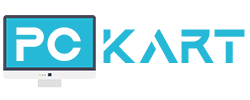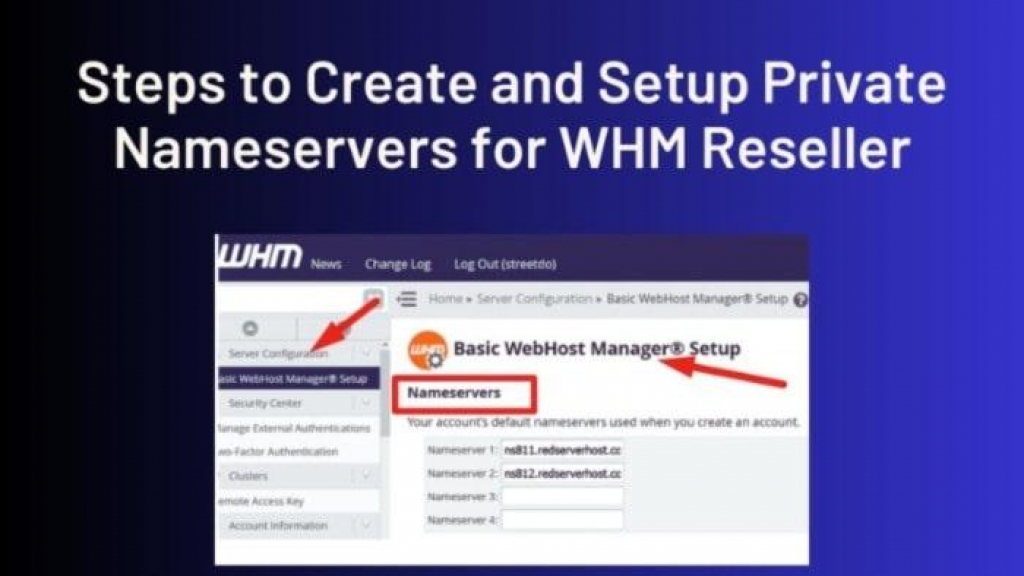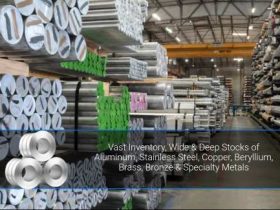
Table of Contents
“Explore the science of banner size optimization in our latest post. Learn the key factors to maximize visibility and impact with the right banner dimensions.”
When it comes to getting your message out there, size does matter – especially in the world of banners. Whether it’s for a bustling trade show, a busy website, or that lemonade stand you’ve been dreaming about since you were nine, picking the right banner size is a bit like finding the perfect pair of jeans. It’s not just about what catches the eye; it’s about fitting just right.
Now, imagine you’re faced with a big list of banner sizes to choose from – it’s like walking into your favorite store and finding every style of jeans imaginable. Overwhelming, right? But fear not! We’re here to guide you through the maze of choices and help you understand why the science behind selecting the right banner size can make all the difference in maximizing visibility.
So, let’s dive in and unfold the mystery, one banner at a time.
Understanding Banner Visibility
Banner visibility isn’t just about going big or going home. It’s a delicate dance of dimensions, where size plays a leading role. Think of it this way: a larger banner can be a visual shout across a room, grabbing attention from afar.
But it’s not just about being the biggest fish in the sea. The science of human perception also steps into the spotlight. Our eyes are naturally drawn to things that stand out in size, color, or design.
So, a well-designed banner, tailored in size to fit its environment, is like a beacon, guiding viewers exactly where you want them. It’s about striking that perfect balance, where size and design harmonize to make your message not just seen, but truly observed.
Key Factors in Banner Size Selection
Selecting the right banner size is like choosing the best drones for kids – it’s all about suitability and safety. Location is the launching pad. Is your banner flying high at a trade show or cozily nestled in a boutique window?
The distance from viewers is your altitude control – a higher flight for wider visibility, and a lower hover for intimate settings. Then, consider your intended audience as the co-pilot. A classroom of tech-savvy teens might need something different compared to a corporate boardroom.
For example, a tech expo showcased a massive banner for maximum foot traffic engagement, while a local bookstore opted for a smaller, more inviting banner for its cozy reading corner. Each setting demands a unique approach, just like picking the right drone for each excited youngster.
The Role of Design and Content in Banner Size
In the world of banners, size and design go hand in hand, like popcorn and movies. The colors you choose, the size of your fonts, and the imagery you use aren’t just artistic choices—they’re strategic decisions that interact dynamically with your banner’s size.
A large banner with tiny fonts is like whispering at a concert, while a small banner crammed with details is like reading a novel through a keyhole. The trick is to find a harmonious balance. Enough content to inform and intrigue, but not so much that it overwhelms.
Like a chef balancing flavors, your banner should mix the right amount of content with the ideal size, ensuring that each element complements the other, creating a visual feast that’s both delightful and digestible.
Standard Banner Sizes and Their Uses
Navigating the sea of standard banner sizes can be like choosing the right tool for a job. For the digital realm, web banners often follow sizes like 728×90 pixels for leaderboards or 300×250 pixels for medium rectangles, ideal for catching eyes without overpowering the webpage.
In the physical world, outdoor advertising banners might range from 24×36 inches for a subtle nudge to 48×96 inches for a billboard-sized shout.
The key? Match the banner size to its purpose. A small, cozy café might go for a modest 24×36 inch banner, while a grand opening event might call for a 48×96 inch showstopper. It’s about picking the right size for the right stage, ensuring your message fits perfectly in its intended setting.
Custom Banner Sizes: When and Why
Custom banner sizes shine in unique scenarios, like a puzzle piece designed for a specific spot. They’re perfect when standard sizes don’t quite fit the bill, like dressing a unique storefront window or making a splash at an unconventional event space.
To decide if you need a custom size, consider the specific dimensions and characteristics of your display area. Custom sizes are about tailoring your message to fit the space as seamlessly as Cinderella’s slipper, ensuring maximum impact and perfect harmony with the surroundings.
Measuring the Impact of Banner Size
To gauge the effectiveness of different banner sizes, track engagement metrics like foot traffic in physical spaces or click-through rates for digital banners. For instance, a retail store might compare customer interactions with different-sized promotional banners.
In the digital realm, A/B testing with various banner sizes can reveal which dimensions drive the most online engagement, offering clear insights into what captures and holds audience attention. This real-world feedback is invaluable for fine-tuning future banner strategies.
Conclusion
In the art of banner design, size isn’t just a number; it’s a key player in your message’s success. Remember, it’s about choosing the right size for the right place, balancing design with content, and sometimes stepping outside standard sizes for maximum impact.
As you design your next banner, keep these insights in mind, and watch your message not just show up, but truly stand out.












